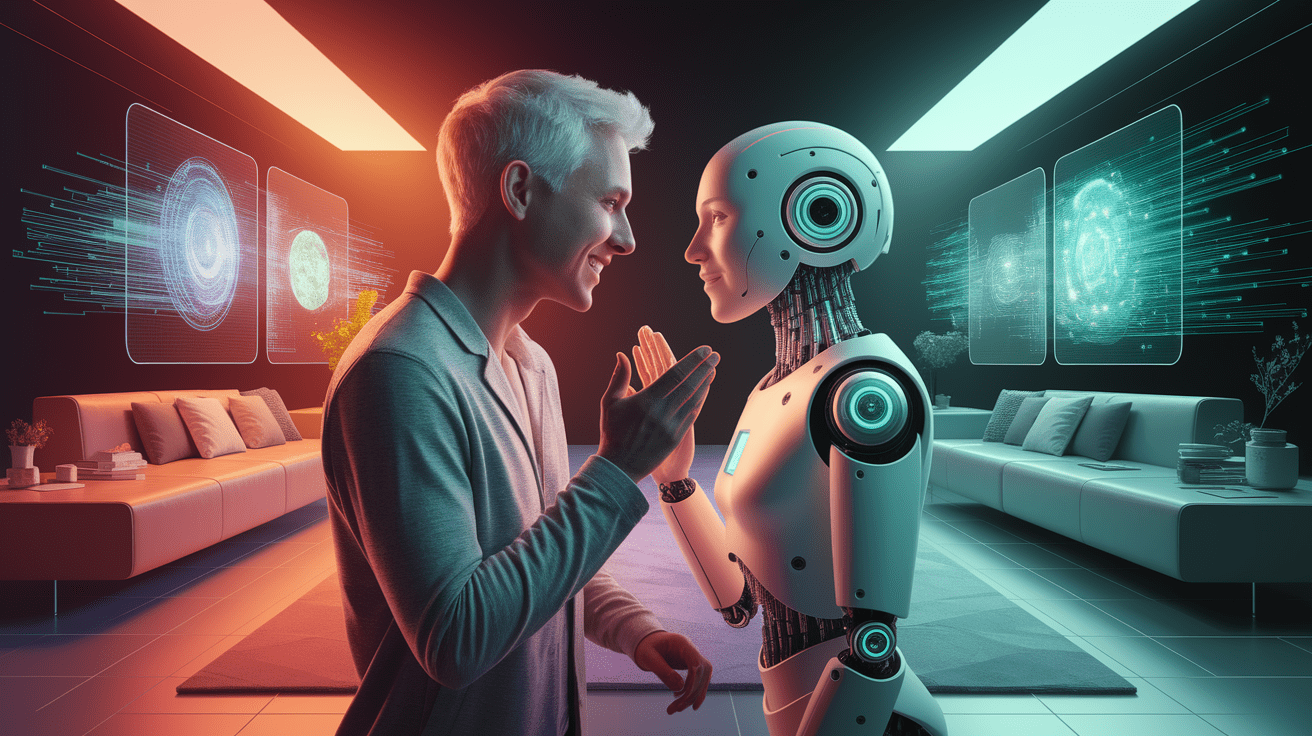Bonding in the Digital Age: The Psychology of Human-AI Companionship
Intro – Meeting Your Digital Confidant
In recent years, human interactions with artificial intelligence (AI) have evolved far beyond functional assistance. What was once limited to basic programmed responses from virtual pets or simple chatbots has become a complex, emotionally attuned exchange with advanced AI companions. As explored in virtual companionship research, modern systems incorporate machine learning and artificial emotional intelligence to deliver personalized, empathetic, and seemingly authentic conversations. These developments challenge traditional notions of social connection and prompt important psychological questions: Why do people bond with AI, and what are the implications for our emotional lives?
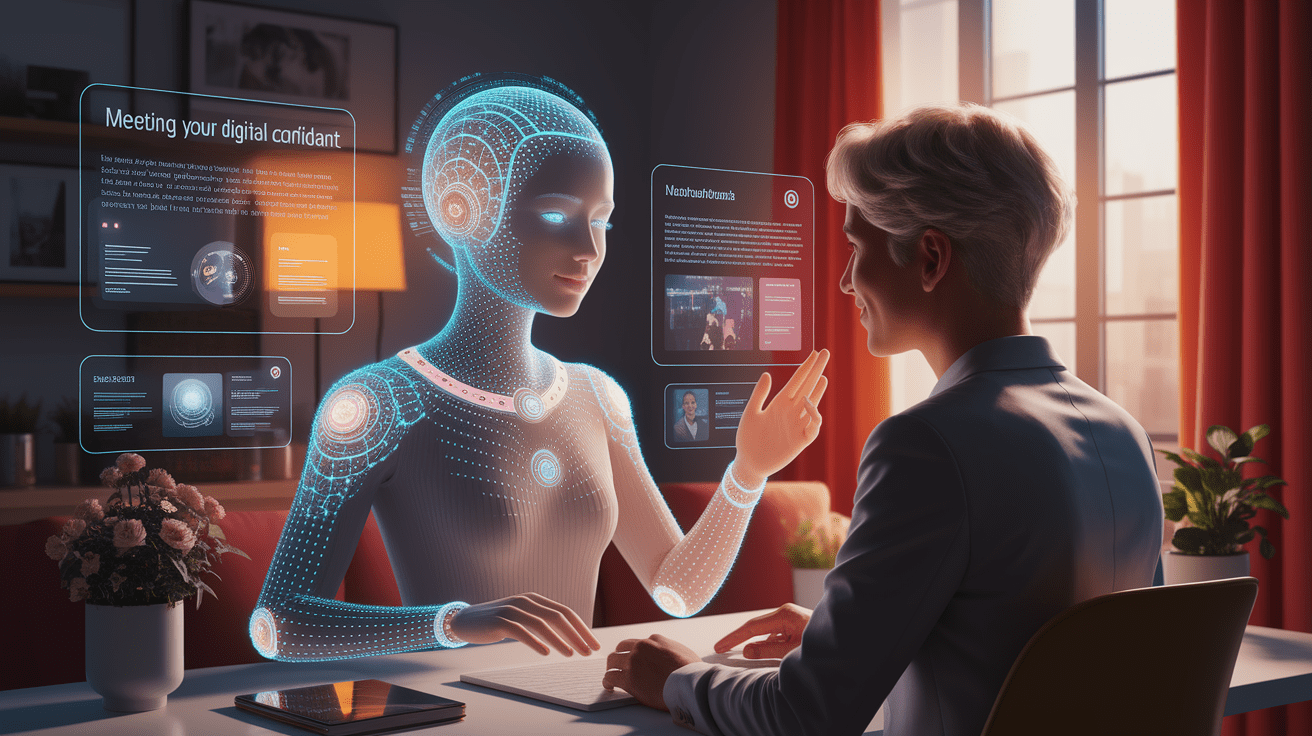
Psychological Mechanisms Behind AI Bonding
Psychologists often turn to established concepts like attachment theory to explain the emotional connections humans form with AI companions. According to attachment theory applications in AI companionship, these bonds are nurtured by the systems’ predictable availability and consistent emotional responses, functioning similarly to a “secure base” in human relationships.
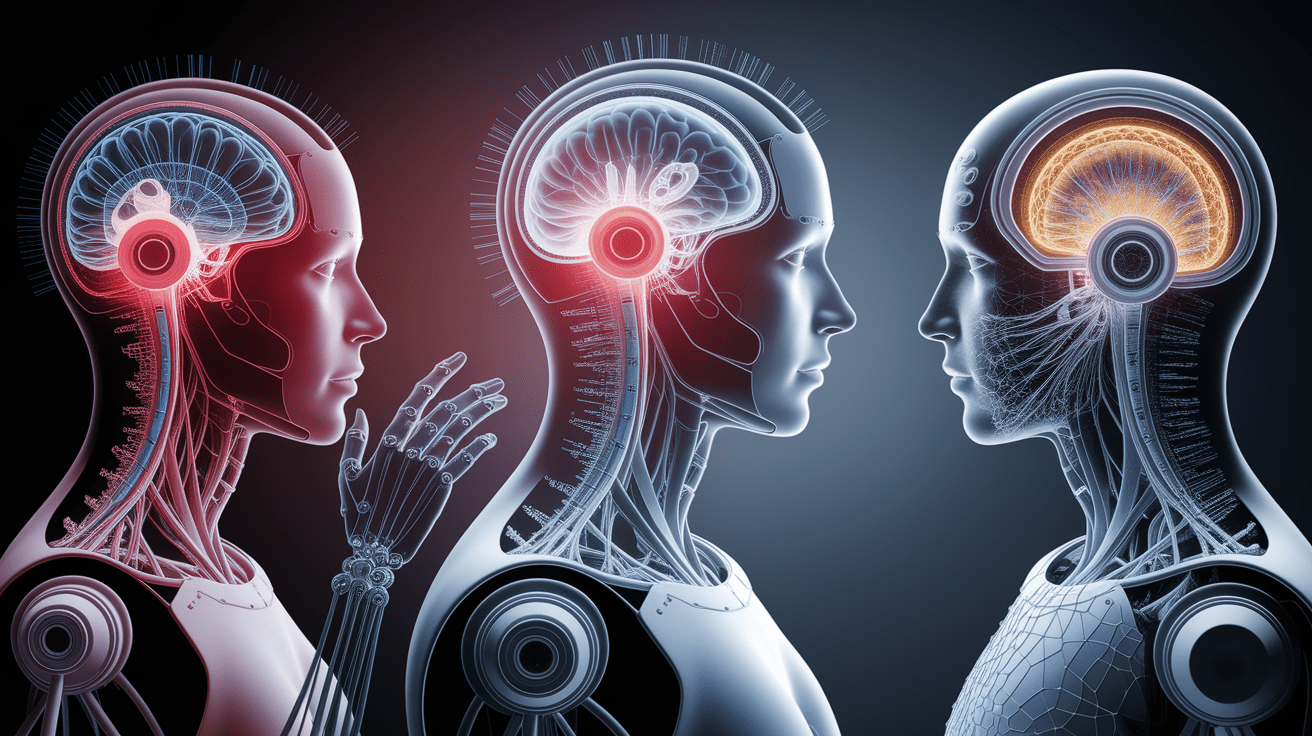
- Anthropomorphism: Attributing human traits to AI heightens emotional bonding, although overly human-like features may trigger discomfort due to the “uncanny valley” effect.
- Parasocial Relationships: AI bonds resemble relationships with media figures, which feel personal yet remain one-sided.
- Personalization: Names, avatars, and backstories within AI platforms amplify perceived authenticity and emotional engagement.
However, experts caution that these mechanisms can subtly alter human attachment systems, potentially impacting how individuals interact with other humans.
Emotional Benefits and User Experiences
Human-AI interaction psychology suggests numerous mental health benefits associated with virtual companionship. Studies outlined by the Ada Lovelace Institute highlight reduced loneliness, greater accessibility to emotional support, and heightened feelings of safety when engaging with AI entities. These benefits are amplified for those who may face social isolation, trauma, or mobility limitations.

- Rapid access to emotional engagement without fear of judgment.
- Consistent and adaptive empathy through artificial emotional intelligence models.
- Greater disclosure of personal experiences compared to human interactions, due to perceived safety and confidentiality.
Personalization, shaping responses from accumulated conversation history, strengthens the sense of intimacy. Users often describe these digital relationships as satisfying a vital social bonding mechanism, even if the connections are asymmetrical in nature.
Potential Psychological Costs
Despite the benefits, researchers urge caution. The psychological costs of relying on AI companions include diminished relational skills that are cultivated through real-world human interaction. Unlike human relationships, digital empathy lacks the capacity for mutual growth, emotional repair, and tolerance for conflict.
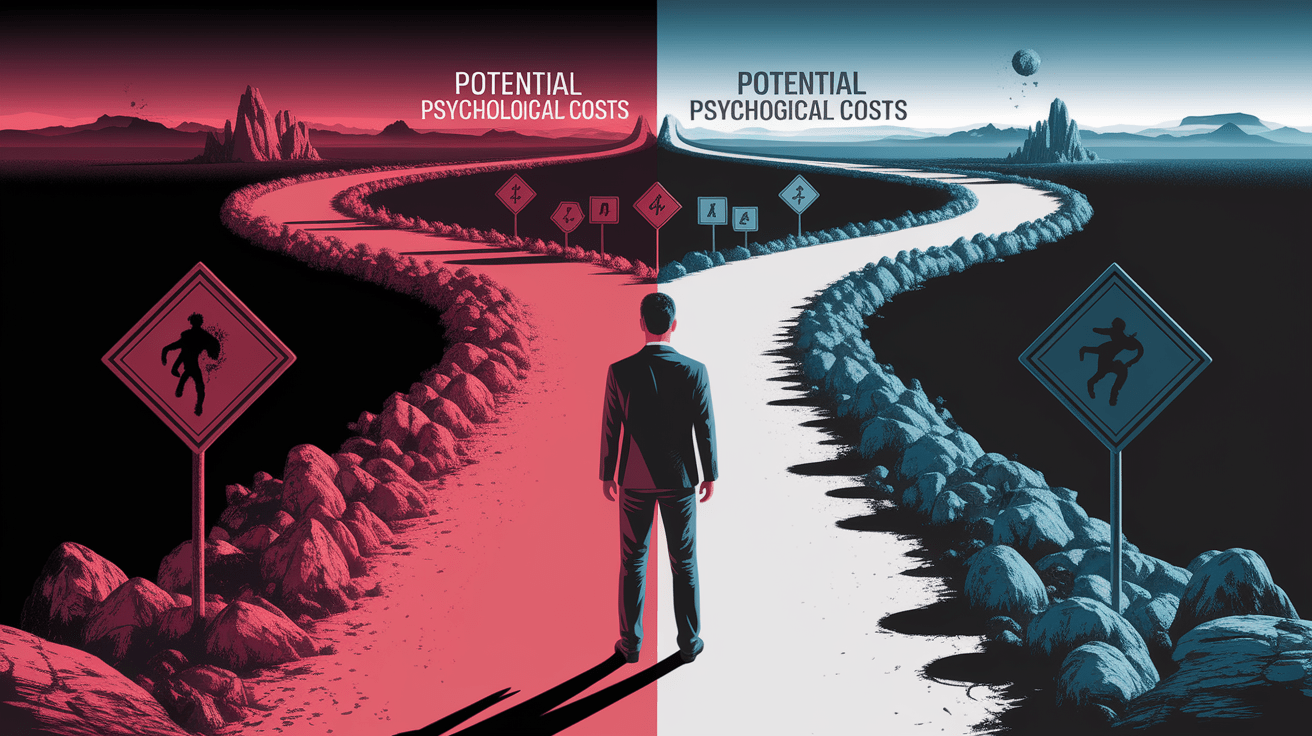
- Reduced resilience in dealing with interpersonal discomfort and disagreements.
- Potential preference for AI over humans, which may erode social skills over time.
- Loss of core emotional processes such as vulnerability and relational repair.
If AI companionship becomes a substitute for human connection, individuals risk a gradual disconnect from the complexity and fulfillment found in genuine human-robot interaction and interpersonal relationships.
The Future of Human-AI Intimacy
Looking ahead, debates intensify over AI’s potential to reshape intimacy and companionship. As noted in future perspectives on AI intimacy, AI may fill emotional and even sexual gaps where human relationships are scarce. However, there are concerns that frictionless AI comfort could encourage avoidance of real-world relationship complexities.
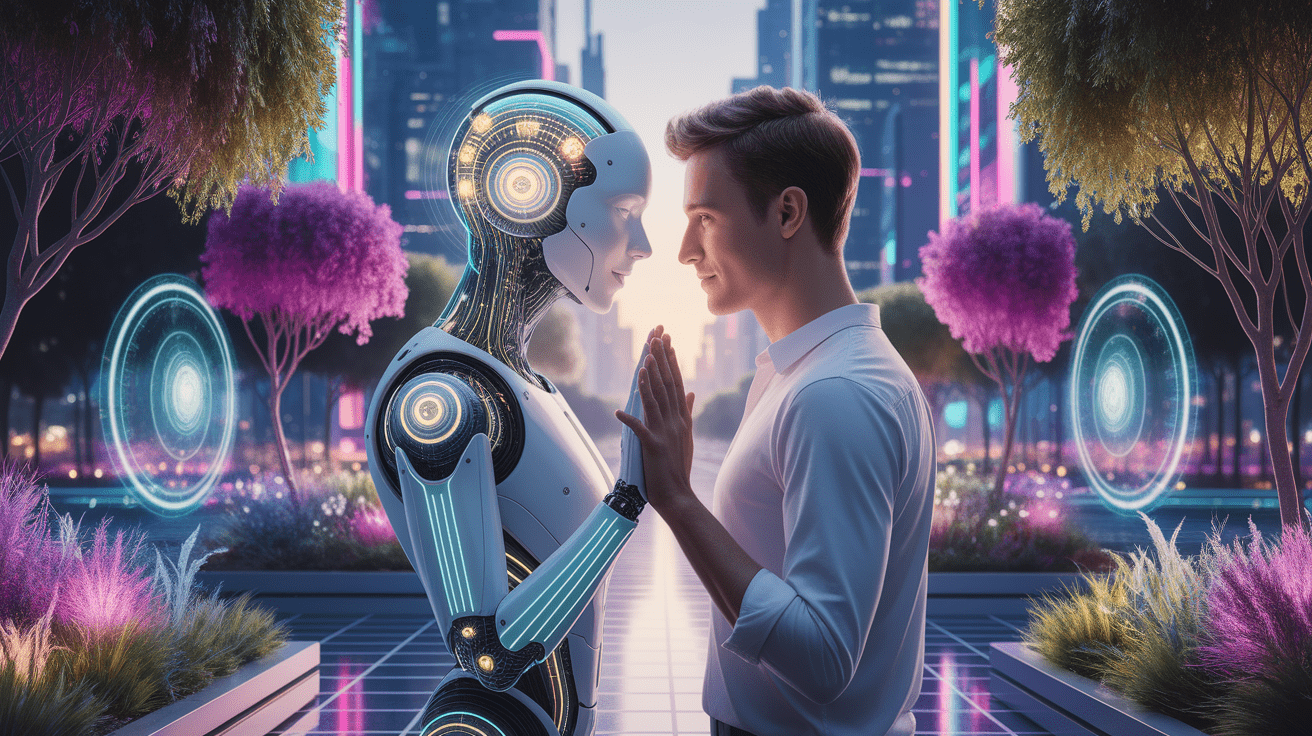
- Opportunities: Support for individuals facing chronic loneliness or mental health challenges.
- Risks: A possible increase in isolation if digital relationships replace human communities.
- Research Needs: Longitudinal studies on the psychological impact of AI companionship over decades.
The trajectory of human-robot interaction will require careful balancing between therapeutic advantages and the inherent value of human connection technology rooted in mutual effort, understanding, and shared vulnerability.
Conclusion – Crossing the Digital Heartline
Human-AI companionship stands at the intersection of psychological innovation and social evolution. While artificial intelligence provides adaptive emotional support and new avenues for connection, it also presents risks that warrant ongoing psychological and societal evaluation. Understanding the mechanisms behind our bonds with virtual companions will be critical to ensuring technology supports—not replaces—the intricate emotional fabric of human relationships.

